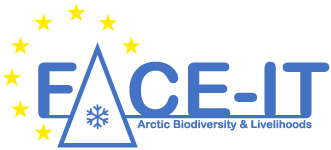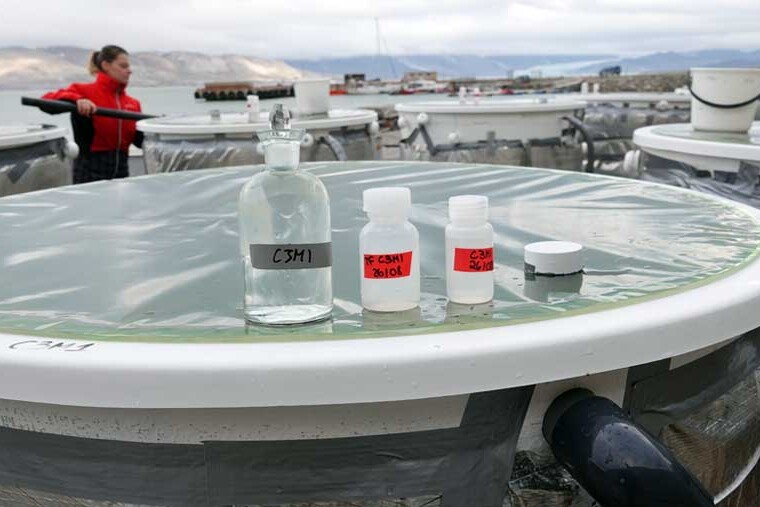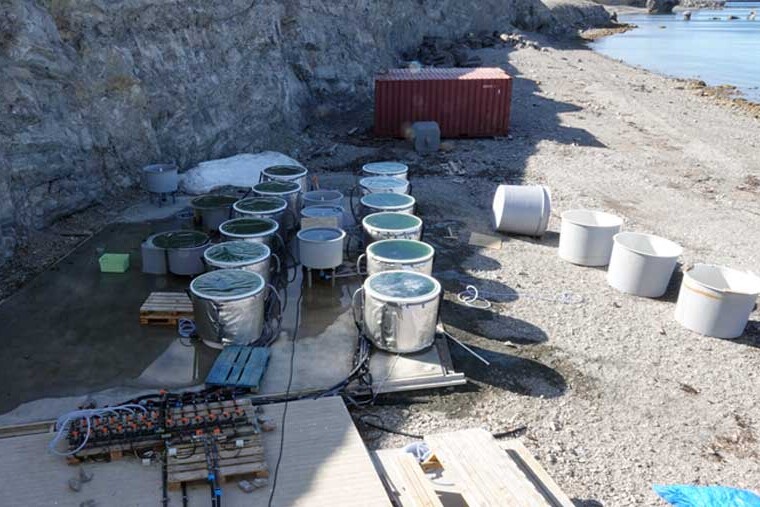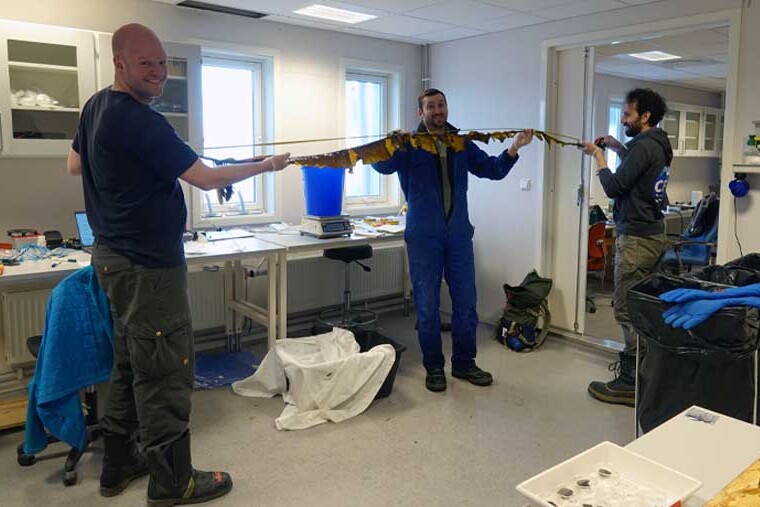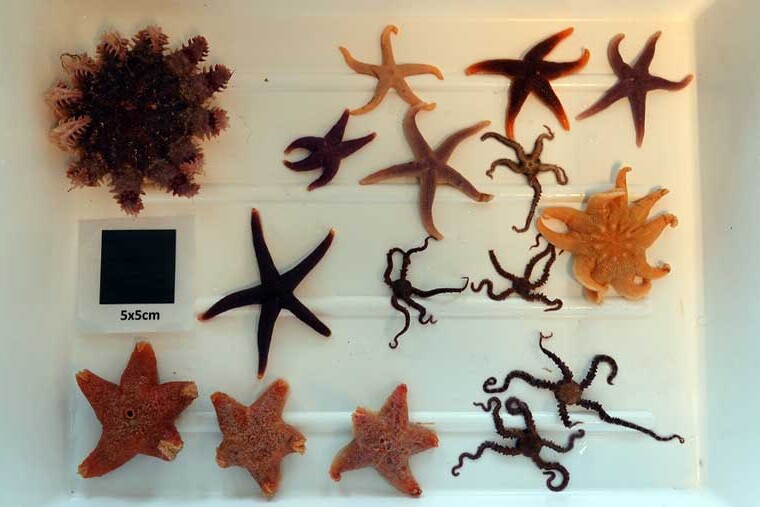The identified key drivers of change will be linked to biodiversity changes at different timescales to explore the phenomenon of borealization in a comprehensive and quantitative manner, as well as the influence of increasing/changing human activities in the fjord systems. It will provide information on the past, present and potential future state of biodiversity in Arctic fjords by integrating key components along the food-web from micro-organisms up to meso- and top-predators and by considering the cryptic diversity, representing one fundamental level of biodiversity.
FACE-IT will provide new data to test the fundamental hypothesis “The biodiversity of Arctic coastal zones is changing at rates closely connected to the rates of cryosphere changes” and, thus, provides a solid knowledge base to address other hypotheses. This part of the project will assess whether there is a coherent fingerprint of borealization along food webs, within and among Arctic fjords and how this affects biodiversity and species of particular relevance to local livelihoods and commercial interests. This approach will be based primarily on existing time series of species abundance, distribution and life-history conducted at the different study sites. Those data were and will be collected as part of ongoing research and monitoring programs approved by national animal welfare authorities. It will analyse trends to assess the linear (and potentially non-linear) changes in abundance and/or biomass and, whenever possible, link these changes to changes in survival, reproduction, habitat use and diet. In addition to assessing changes in the investigated trophic levels separately, diversity indices will be calculated where suitable datasets exist. Further it will be tested whether changes in the biota of Arctic fjords are linked to changes in the identified key drivers, such as sea-ice decline, climate warming and exploitation of harvestable resources. Therefore, perturbation experiments will be performed to understand how the projected changes in environmental conditions will affect key Arctic organisms and communities. The experiments will focus on benthic species of commercial interest (e.g., molluscs, crustaceans) and key habitat-forming species (e.g., kelp, coralline algae). Additionally, this part of the project will also assess changes in the occurrence of selected organisms at a century-time scale using sediment cores and environmental DNA analyses (eDNA). The selected species will include boreal and invasive species that affect indigenous people either because they disrupt traditional ecosystem services or because they become a new resource (e.g., snow crab).
The identified linkages and different climatic scenarios will be used to project population abundances of key marine species and species of high relevance to coastal livelihoods and Indigenous people (e.g., fish, crustaceans, seabirds, sea-mammals) identified in other parts of the project on livelihoods and food provisioning as well as on nature-based tourism.
